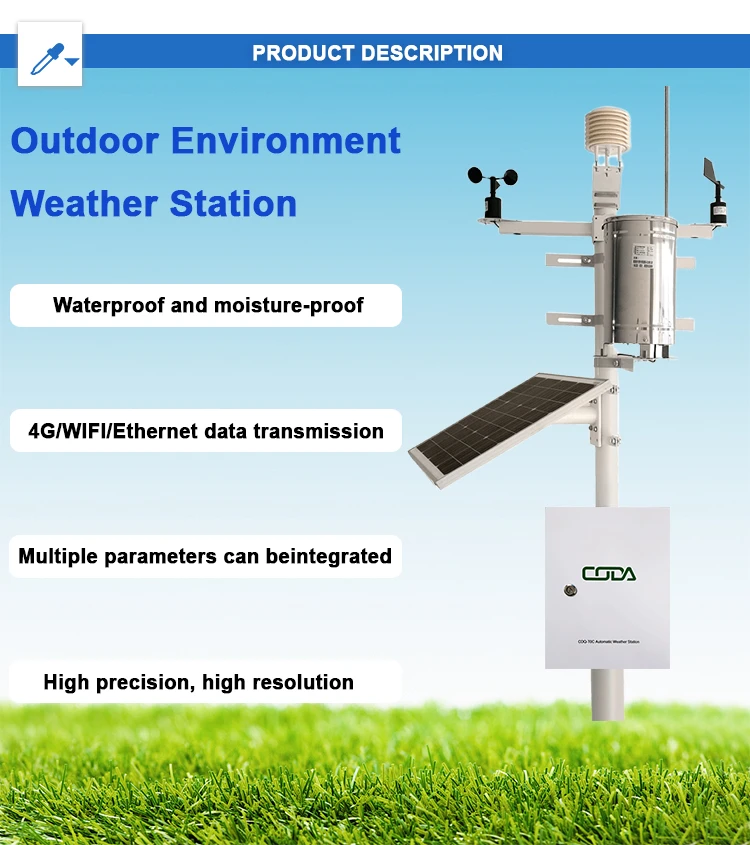
# Automatic Weather Station: Definition and Functionality
## What is an Automatic Weather Station?
An Automatic Weather Station (AWS) is a system designed to collect meteorological data without human intervention. These stations are equipped with various sensors that measure atmospheric conditions such as temperature, humidity, wind speed and direction, rainfall, solar radiation, and barometric pressure.
AWS units have become increasingly important in modern meteorology, agriculture, aviation, and environmental monitoring. They provide continuous, real-time data that helps in weather forecasting, climate research, and decision-making processes across multiple industries.
## Key Components of an Automatic Weather Station
A typical automatic weather station consists of several essential components:
– Sensors: These measure various atmospheric parameters
– Data logger: Records and stores the collected data
– Power supply: Usually solar panels with battery backup
– Communication system: Transmits data to central servers
– Mounting structure: Supports the equipment at optimal height
## How Automatic Weather Stations Work
The functionality of an AWS follows a systematic process:
1. Sensors continuously monitor environmental conditions
2. The data logger collects and processes the sensor readings
3. Processed data is stored locally and/or transmitted to a central server
4. Data undergoes quality control checks
5. Information is made available to users through various platforms
## Applications of Automatic Weather Stations
Automatic weather stations serve numerous purposes across different sectors:
– Weather forecasting and climate monitoring
– Agricultural planning and irrigation management
– Aviation weather observations
– Hydrological monitoring and flood prediction
– Renewable energy production optimization
– Scientific research and environmental studies
## Advantages of Automatic Weather Stations
AWS offer several benefits over traditional manual weather stations:
– Continuous data collection (24/7 operation)
– Reduced human error in measurements
– Ability to operate in remote locations
– Real-time data transmission
– Lower long-term operational costs
– Standardized data collection methods
## Future Developments in AWS Technology
The field of automatic weather stations continues to evolve with technological advancements. Future developments may include:
– More compact and energy-efficient designs
– Improved sensor accuracy and reliability
– Integration with IoT (Internet of Things) networks
– Advanced data analytics and machine learning applications
– Enhanced durability for extreme weather conditions
As climate monitoring becomes increasingly important, automatic weather stations will play a vital role in gathering the data needed to understand and respond to environmental changes. Their ability to provide accurate, timely information makes them indispensable tools for meteorologists, researchers, and decision-makers worldwide.
Keyword: what is automatic weather station
